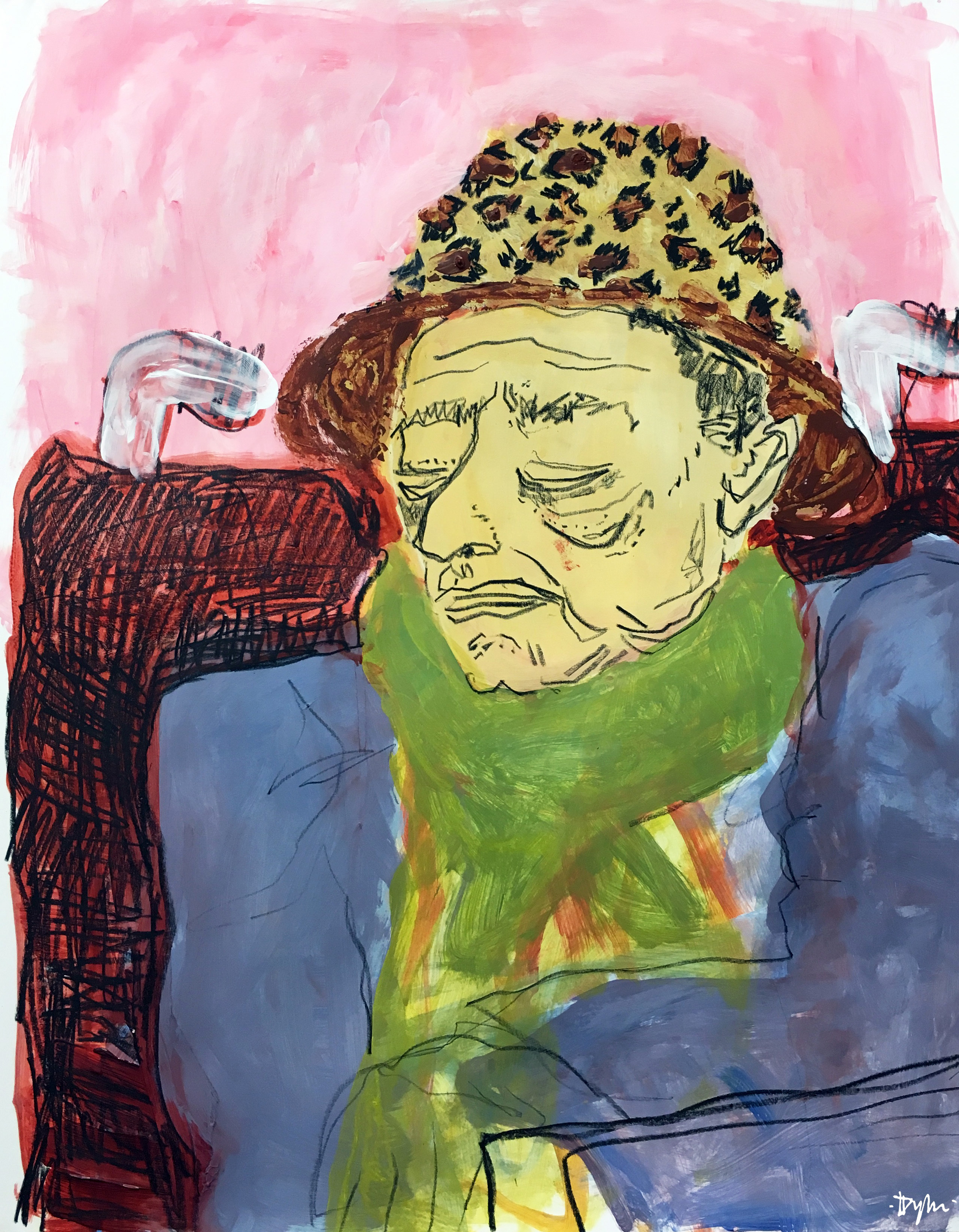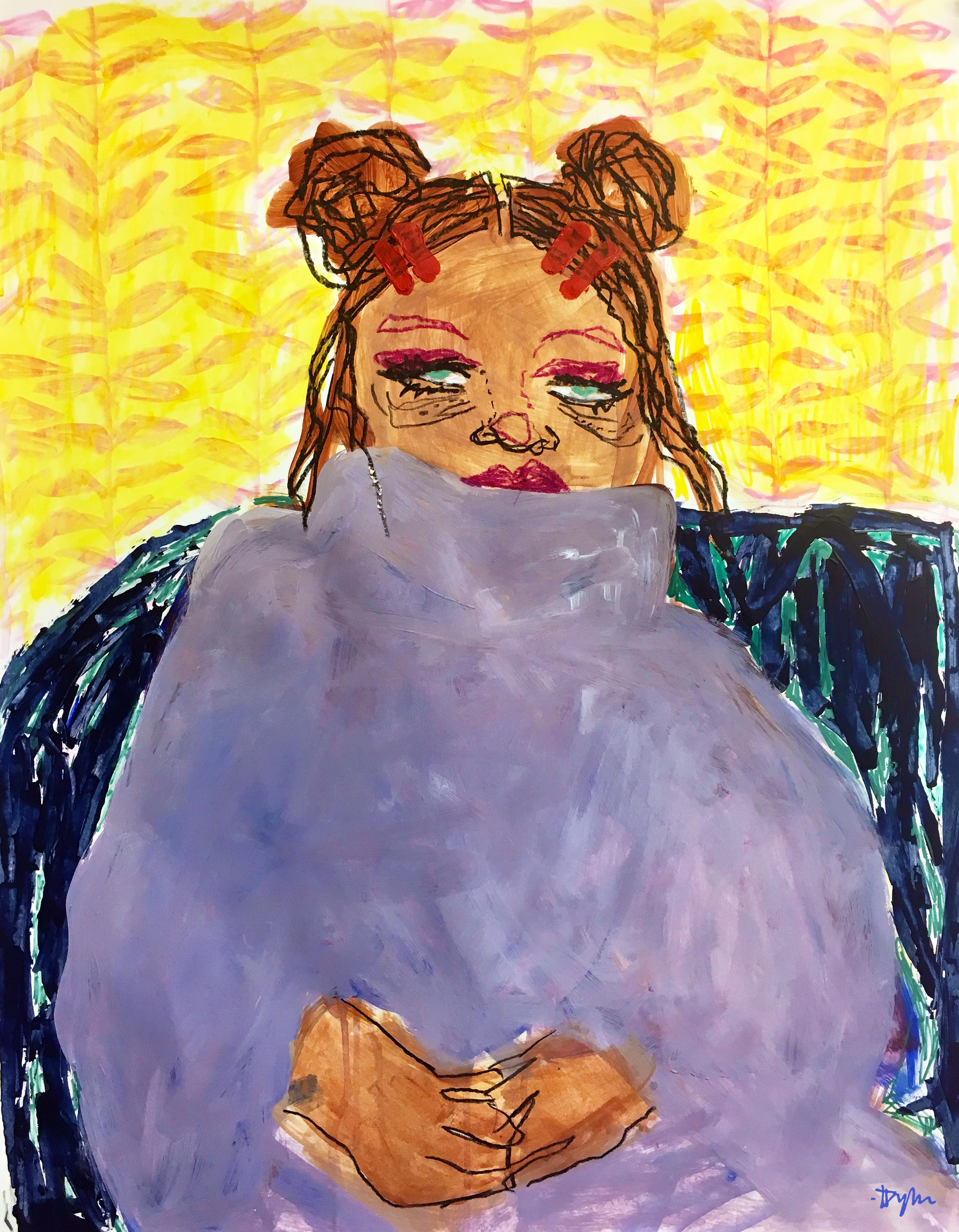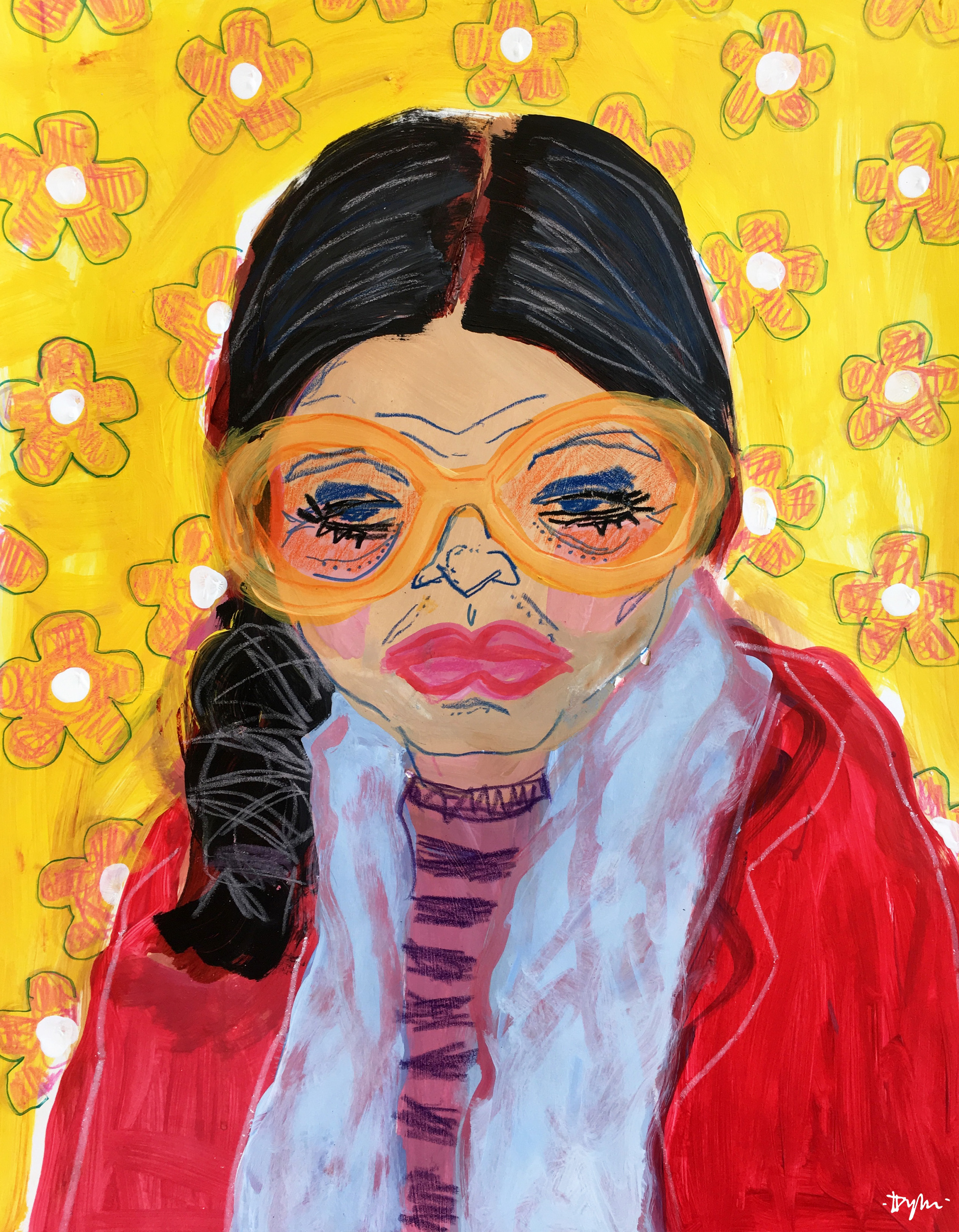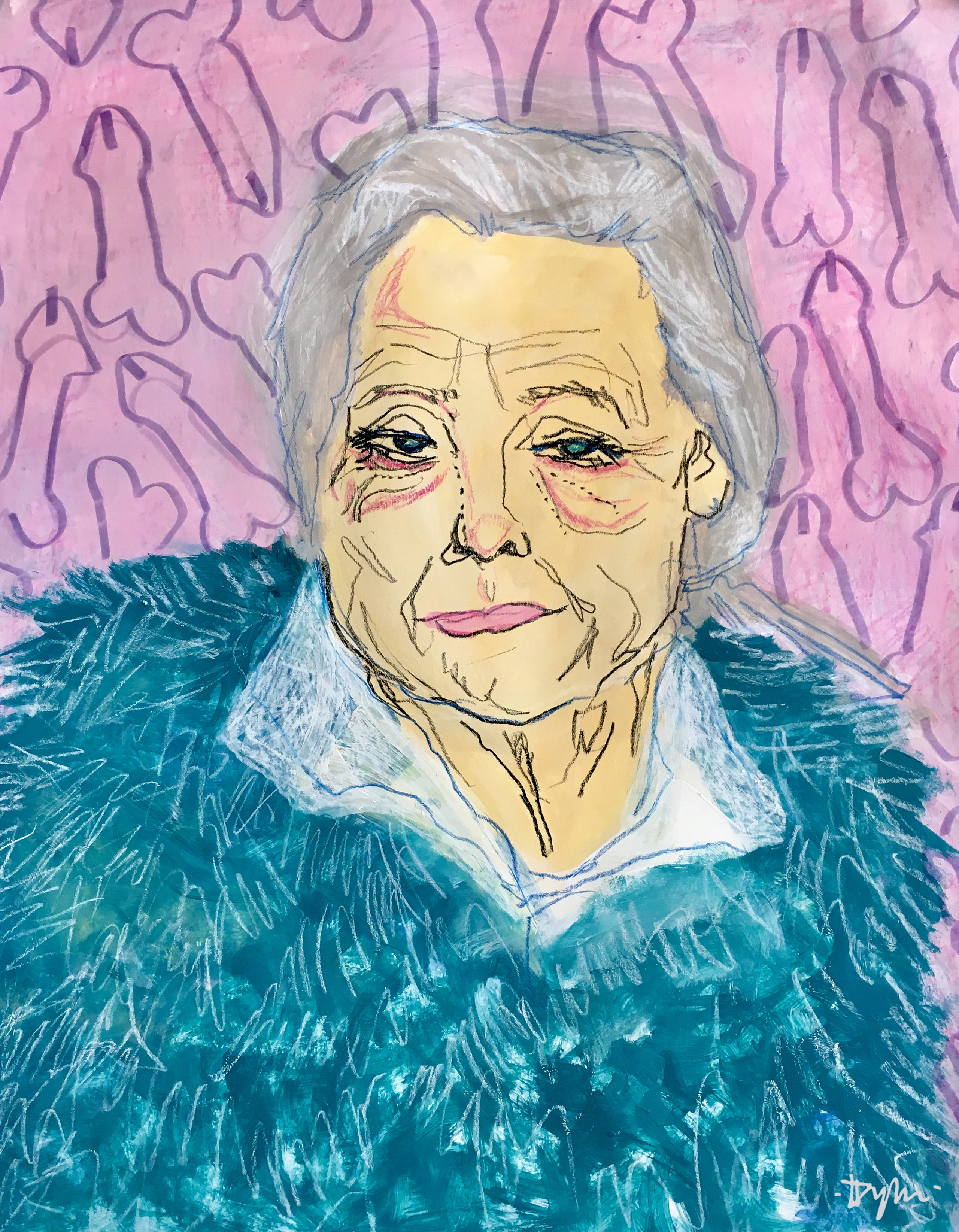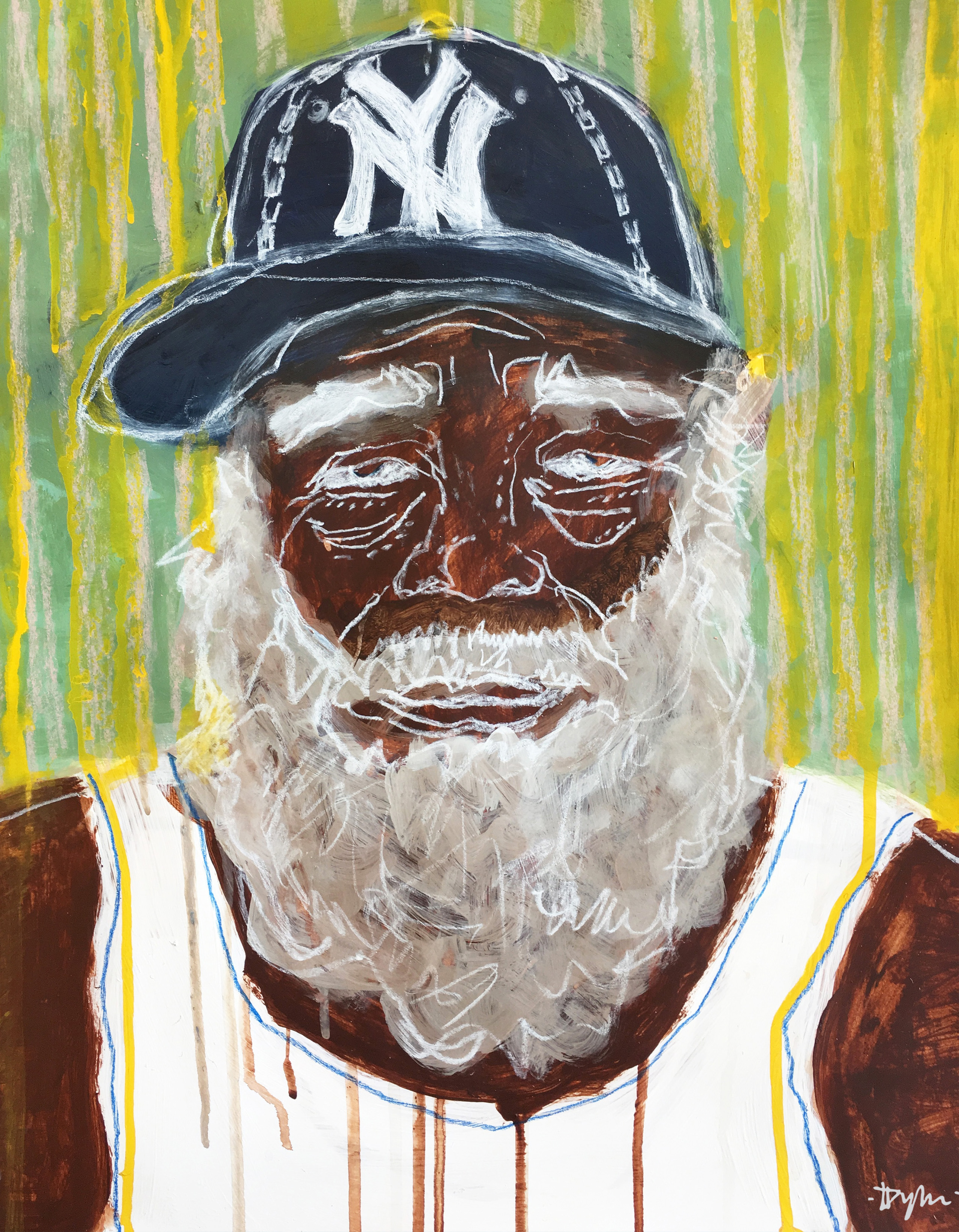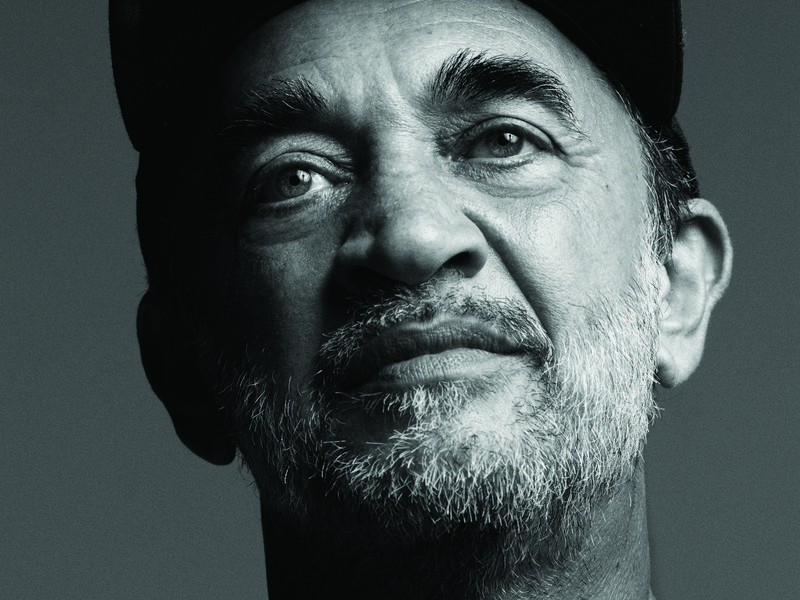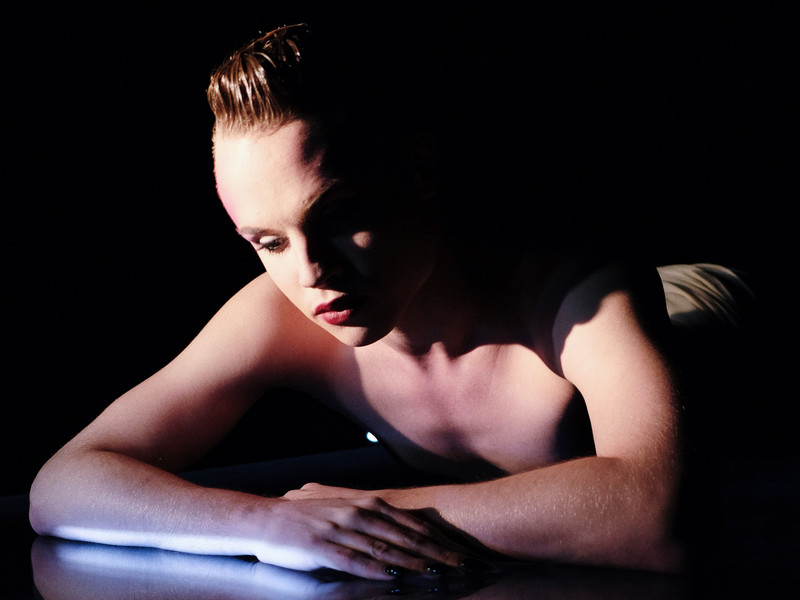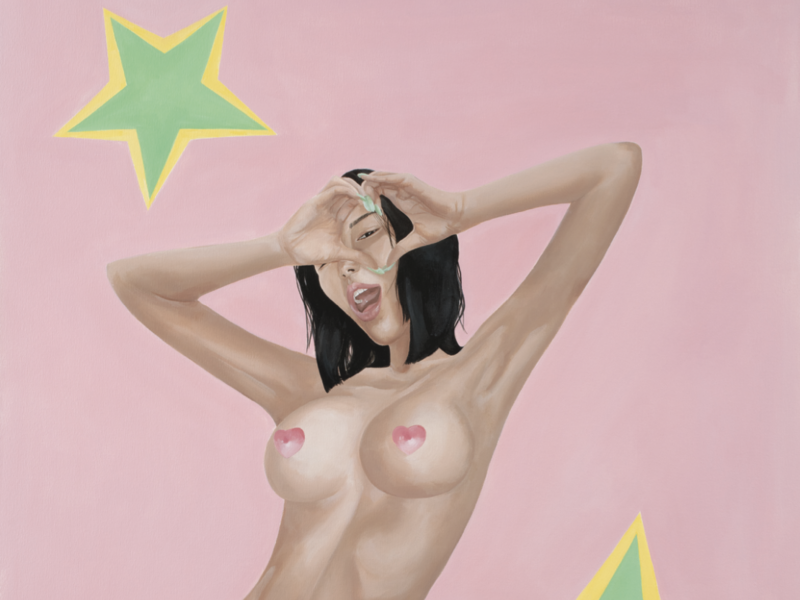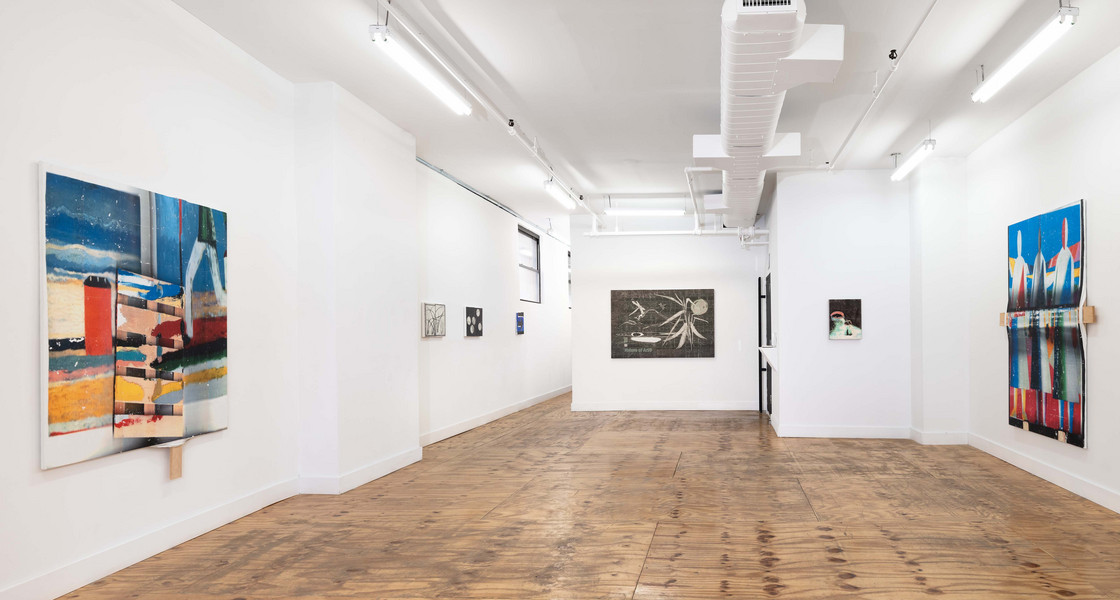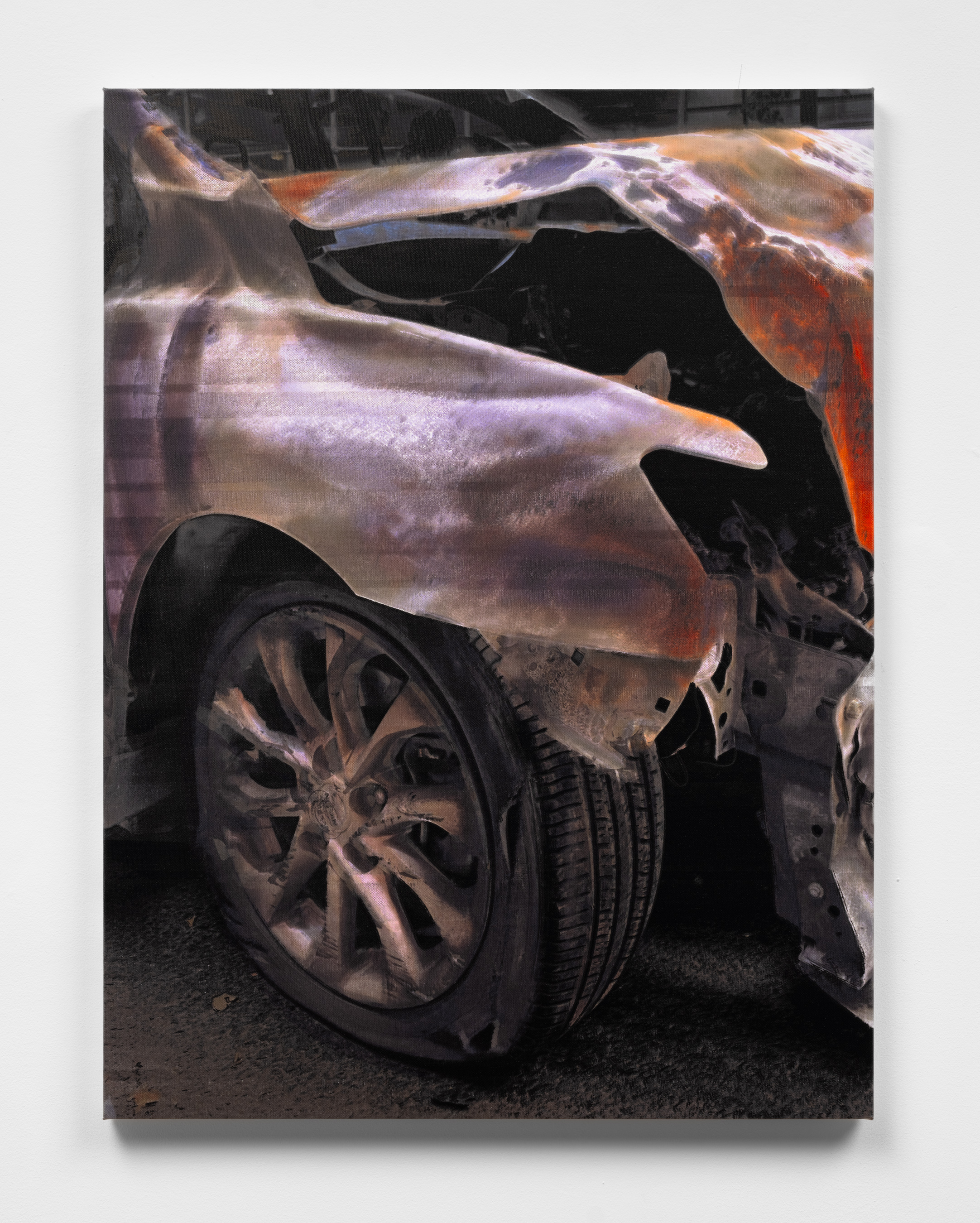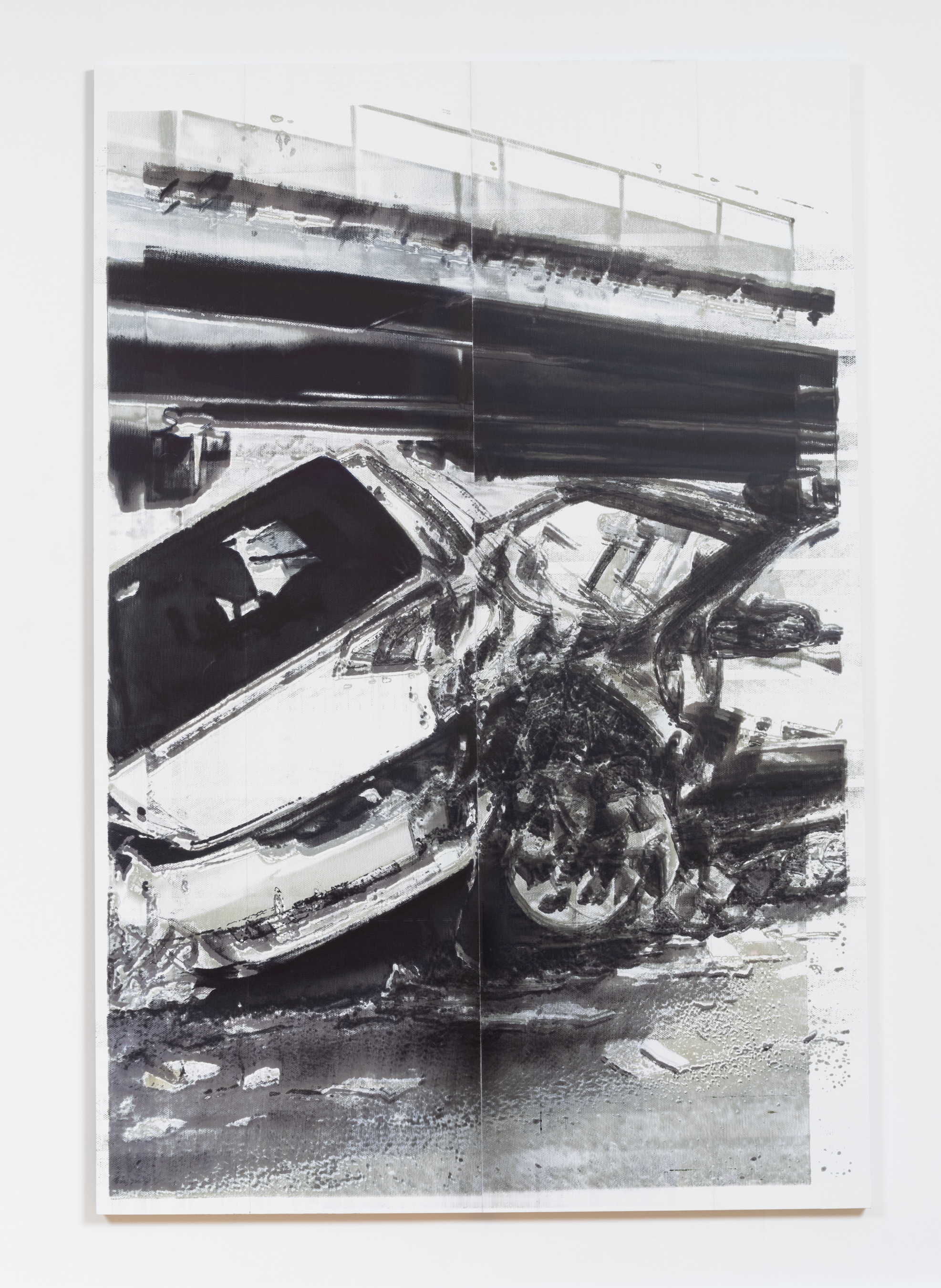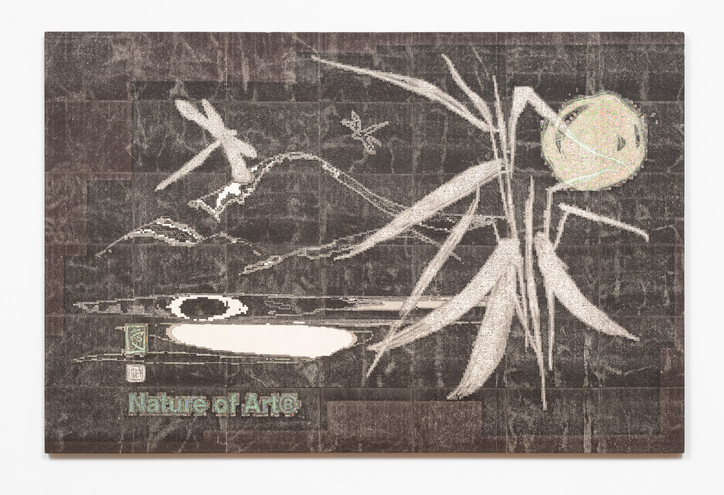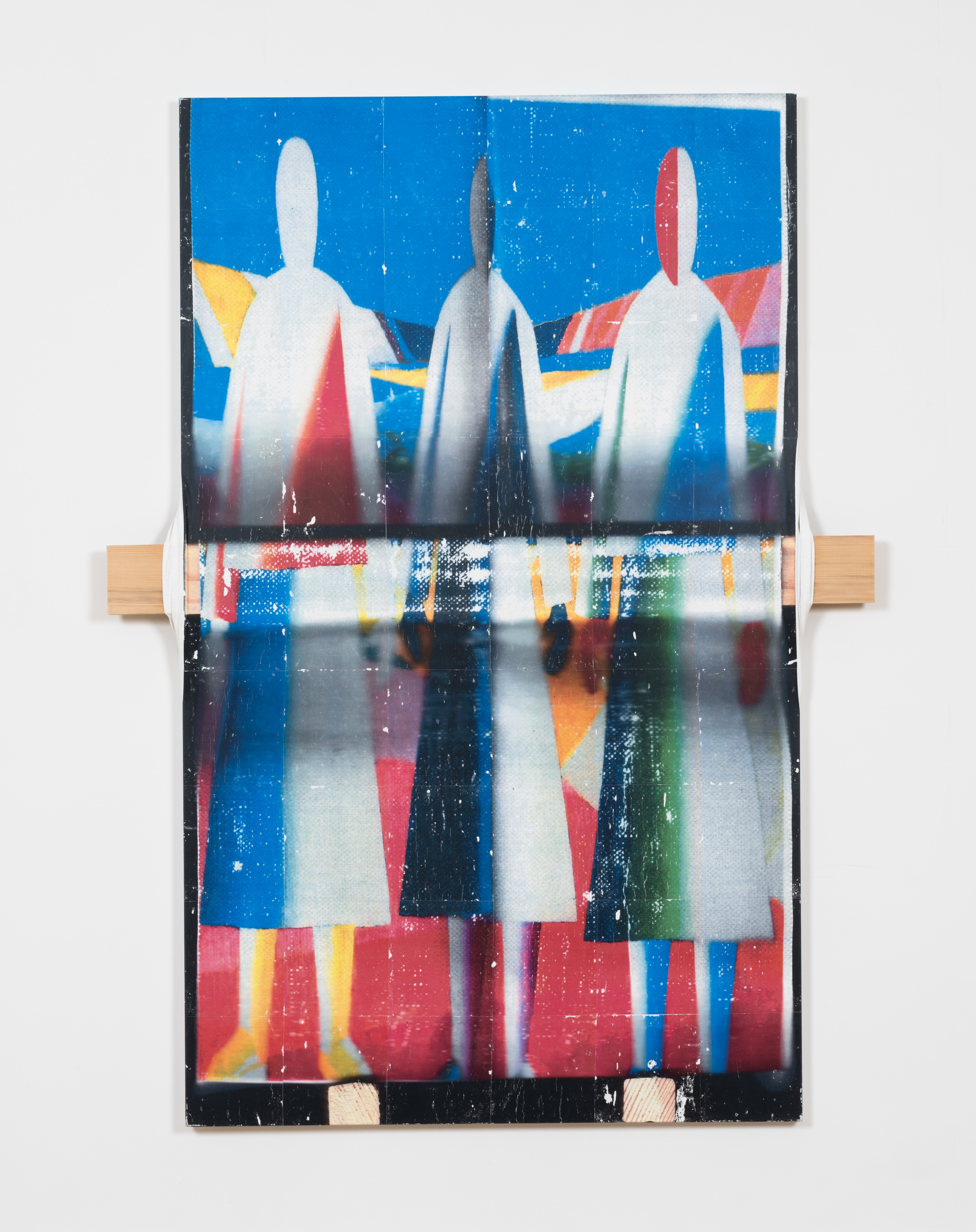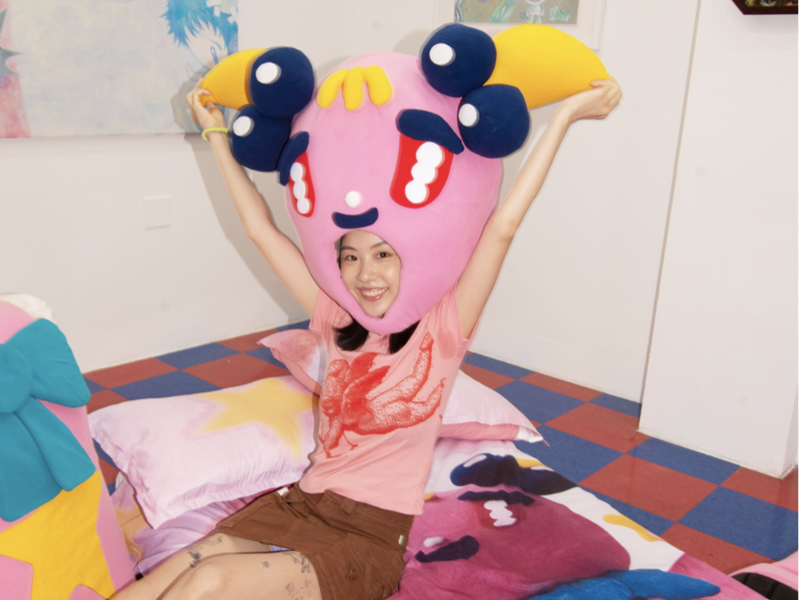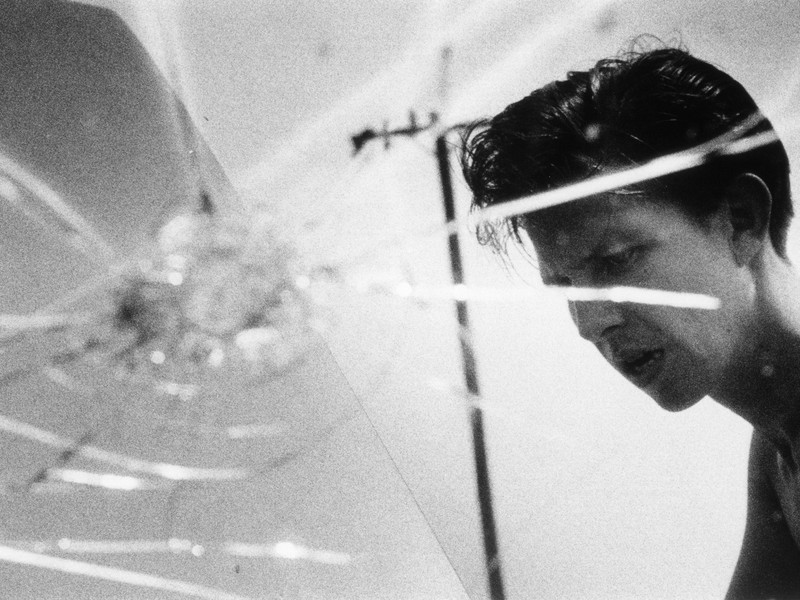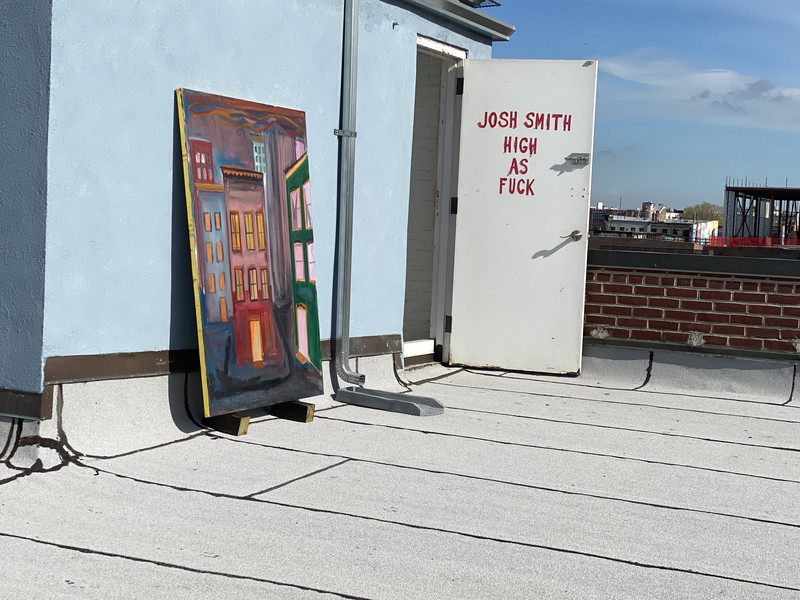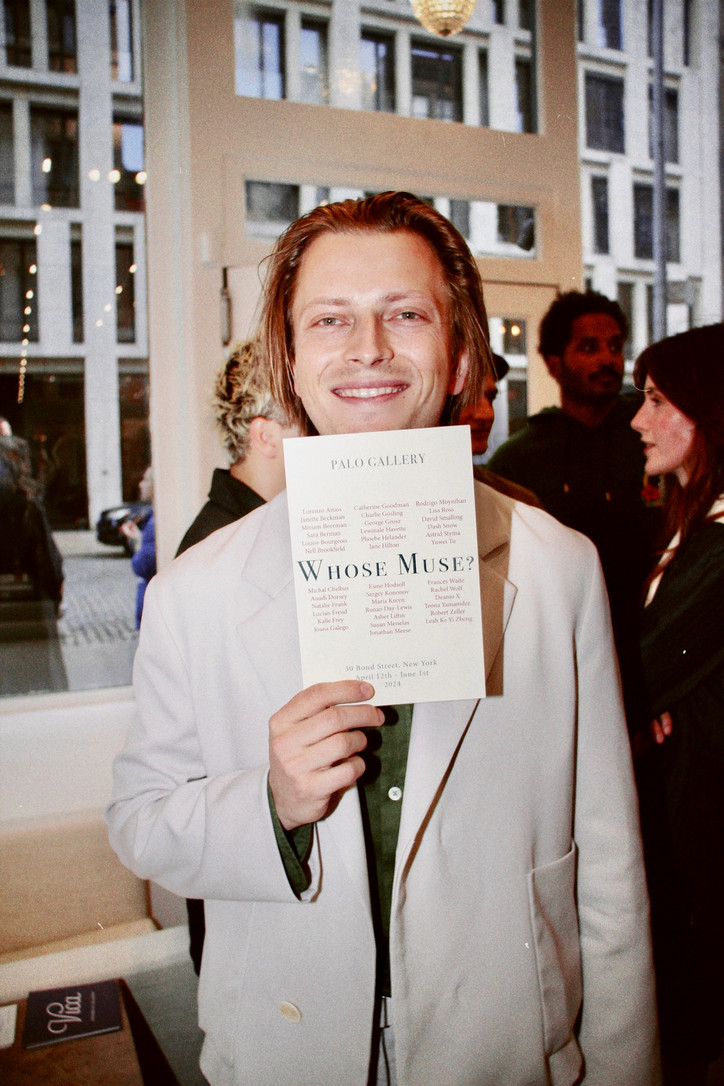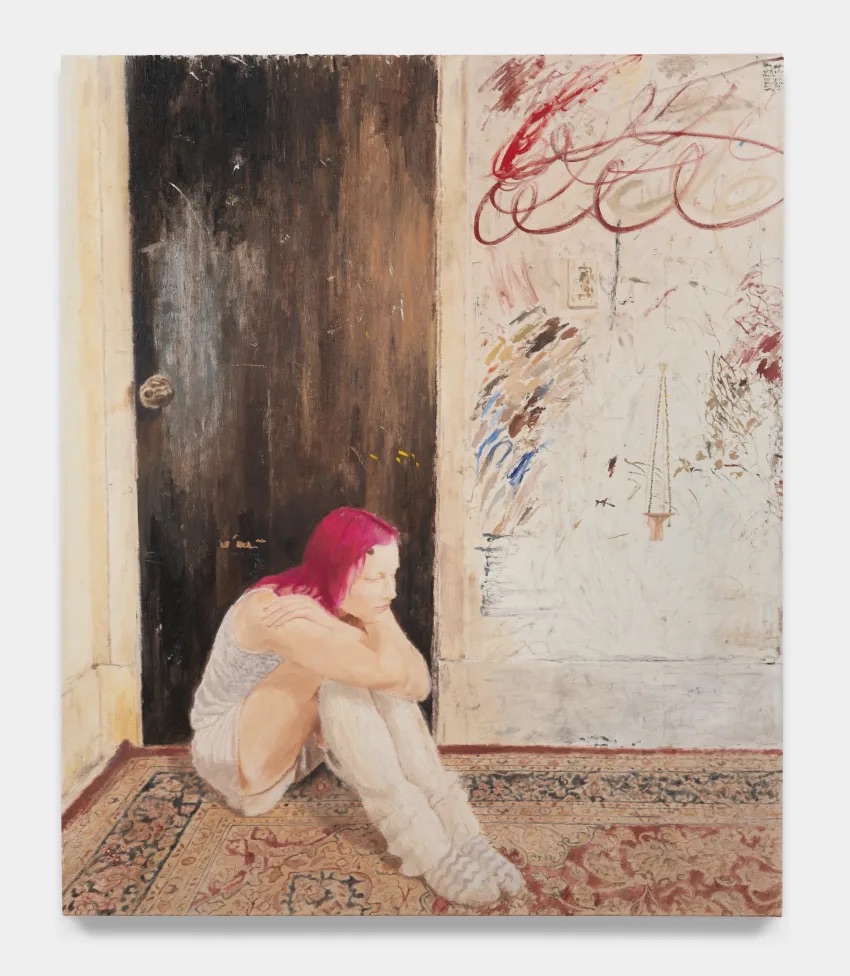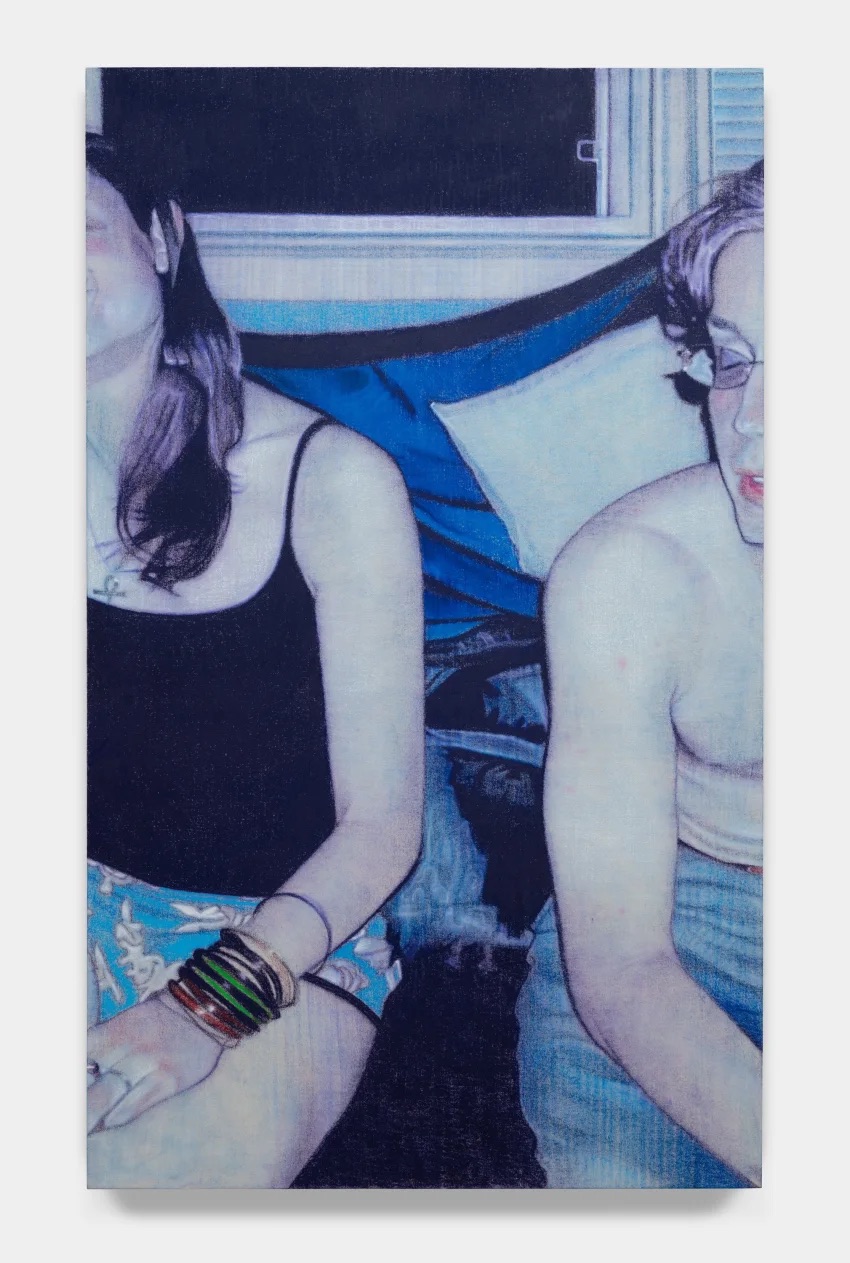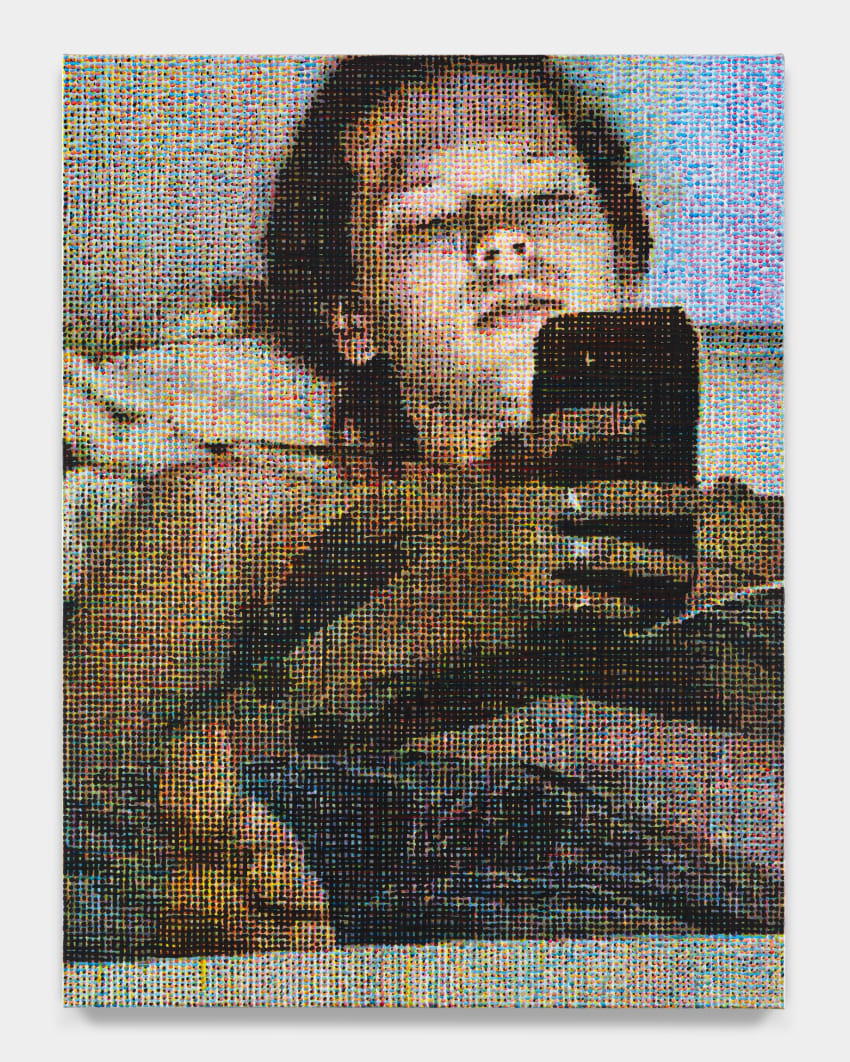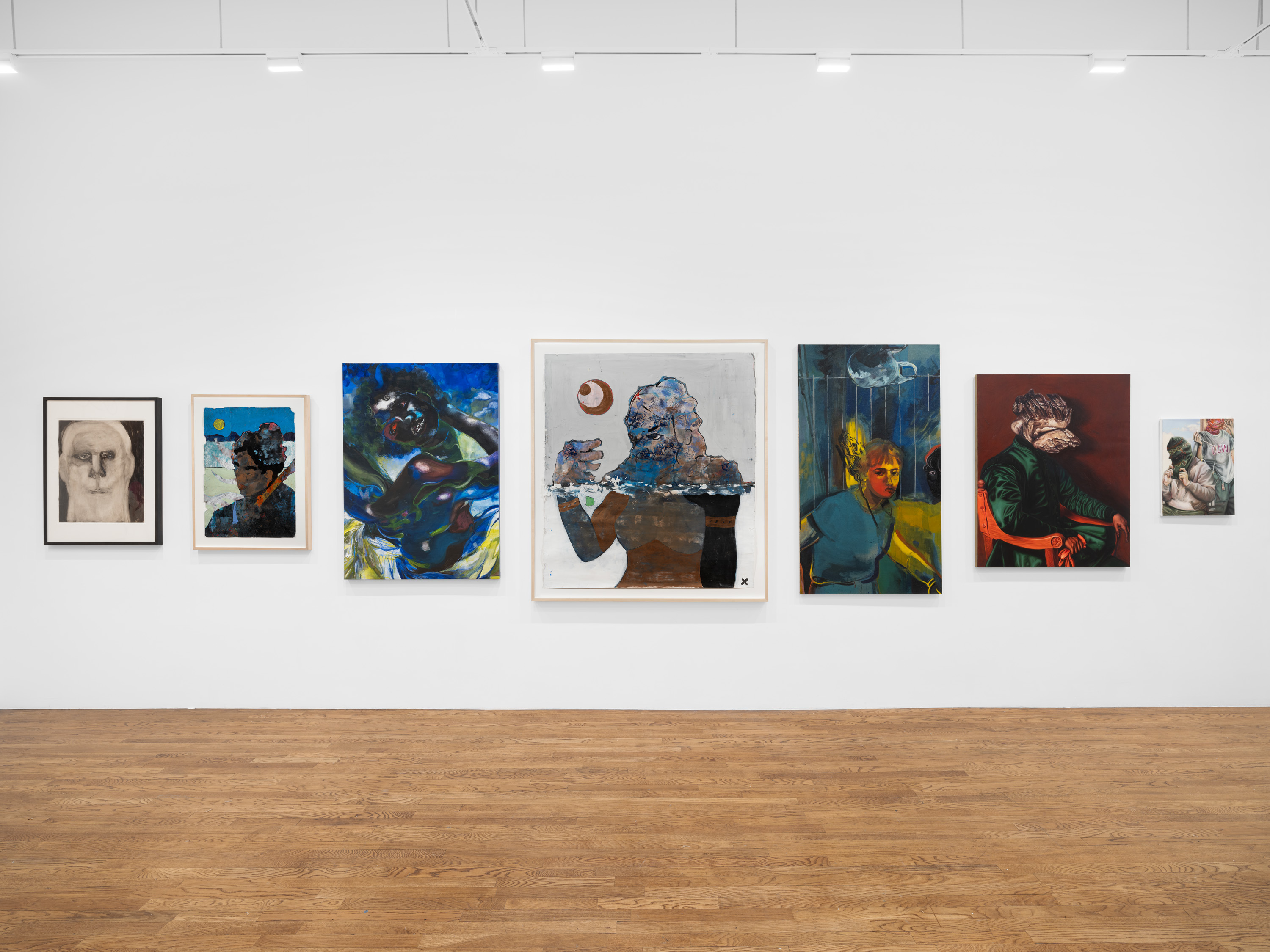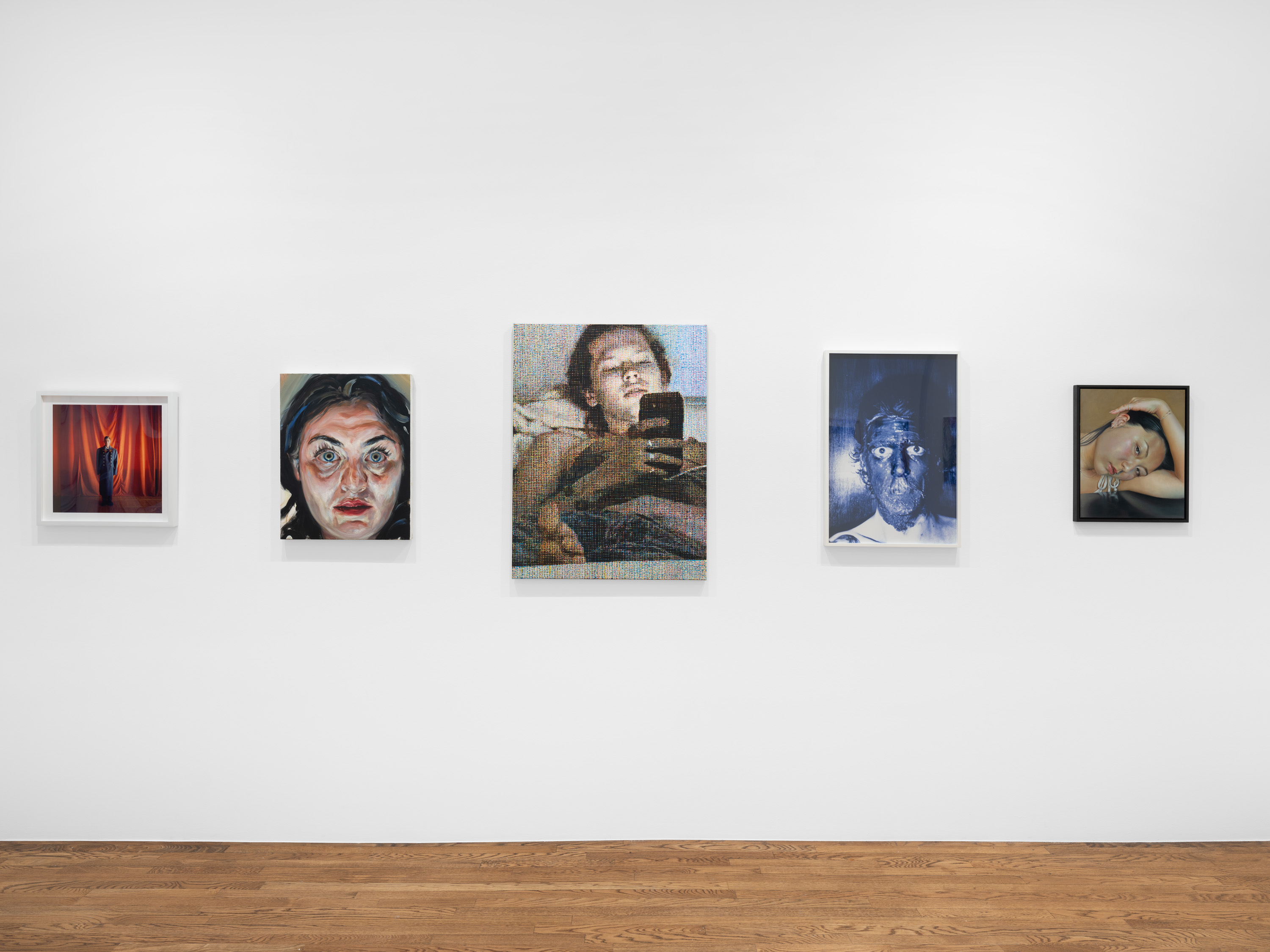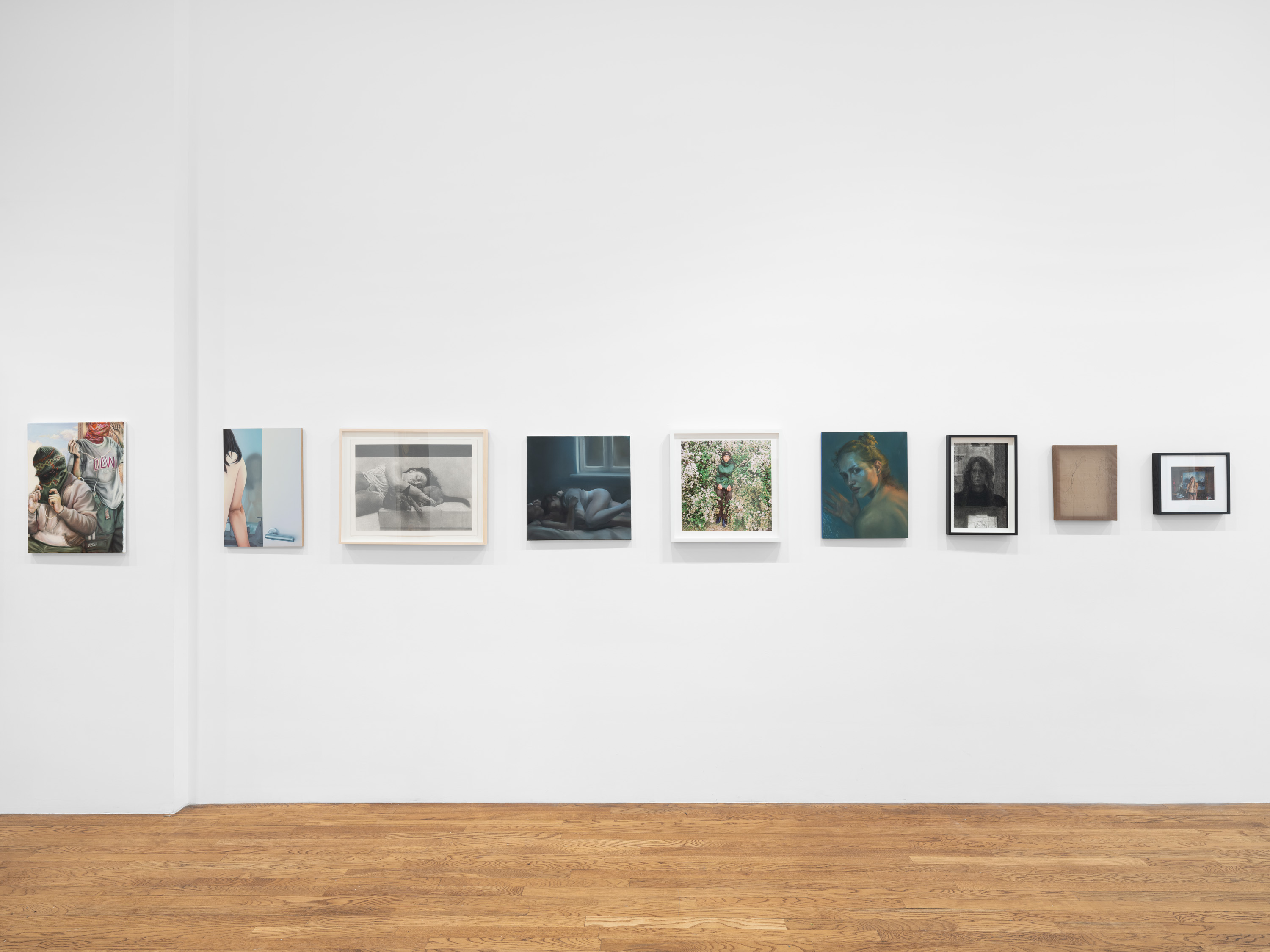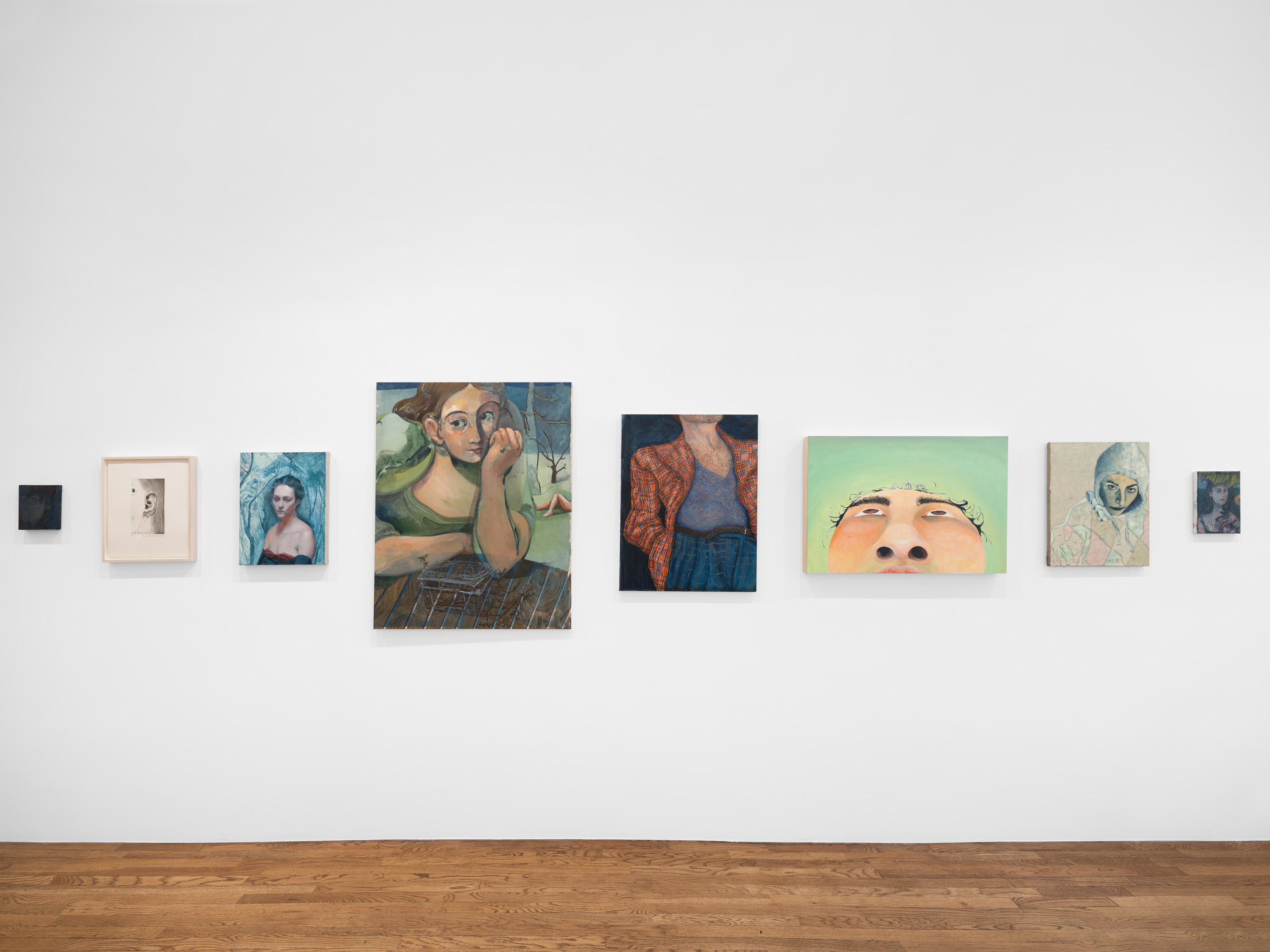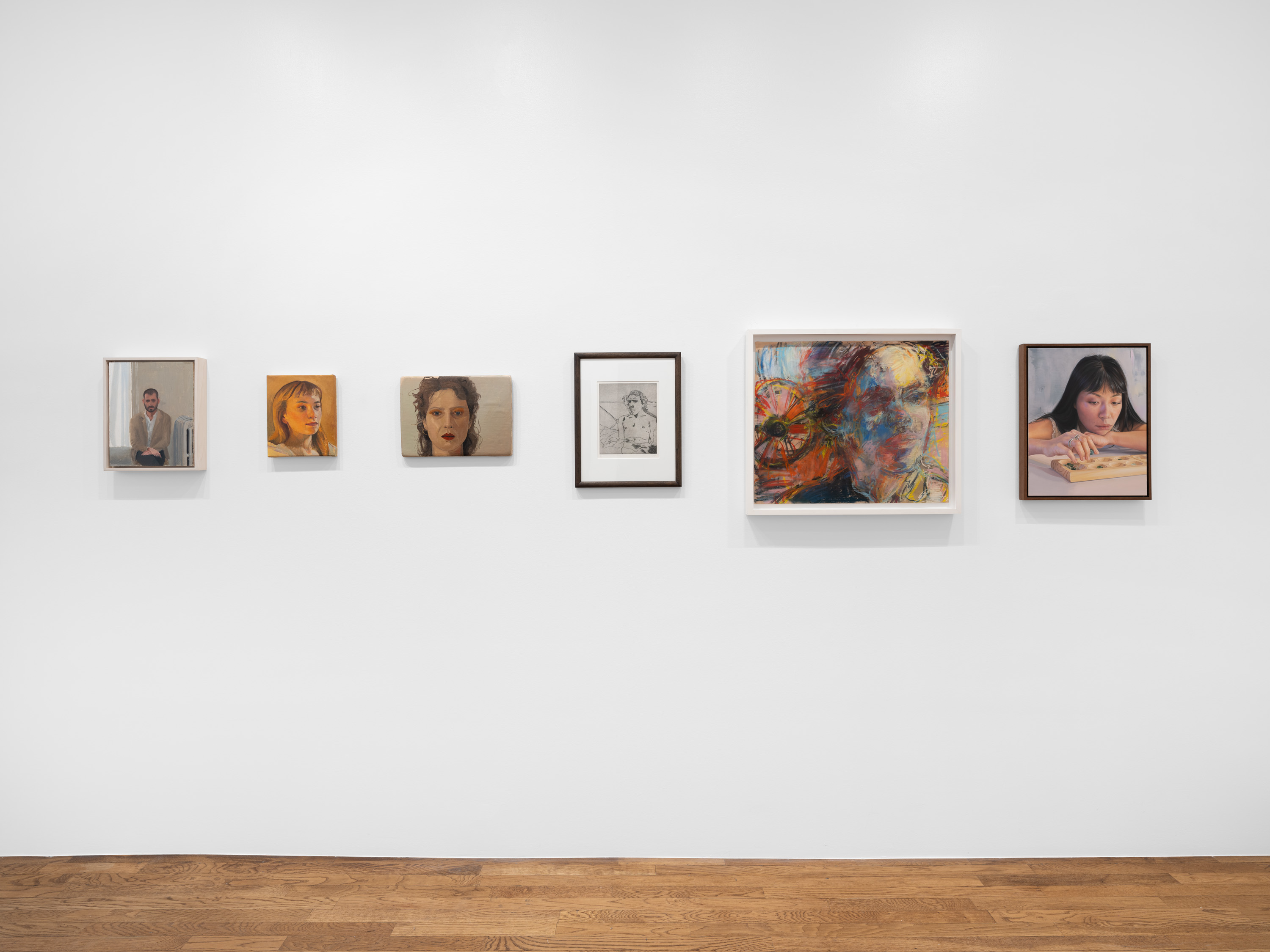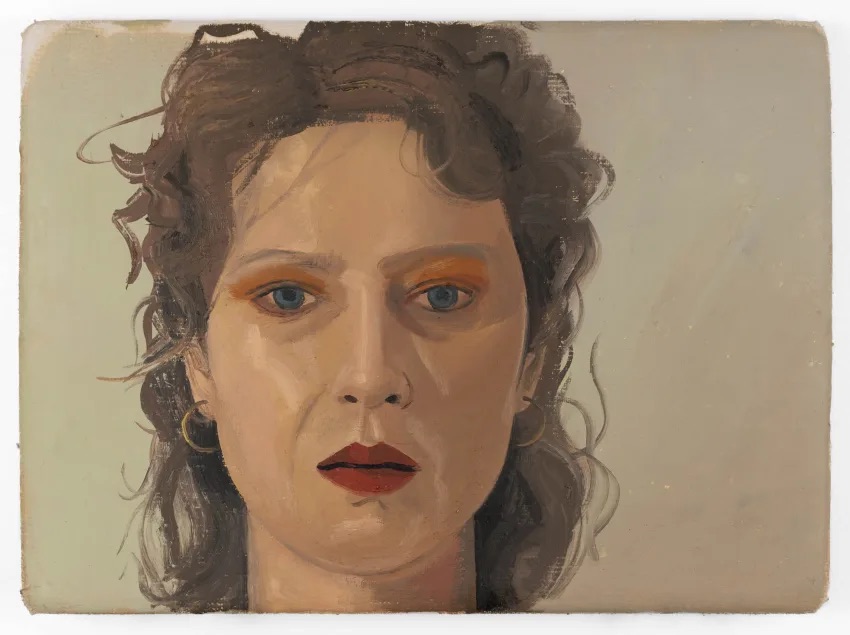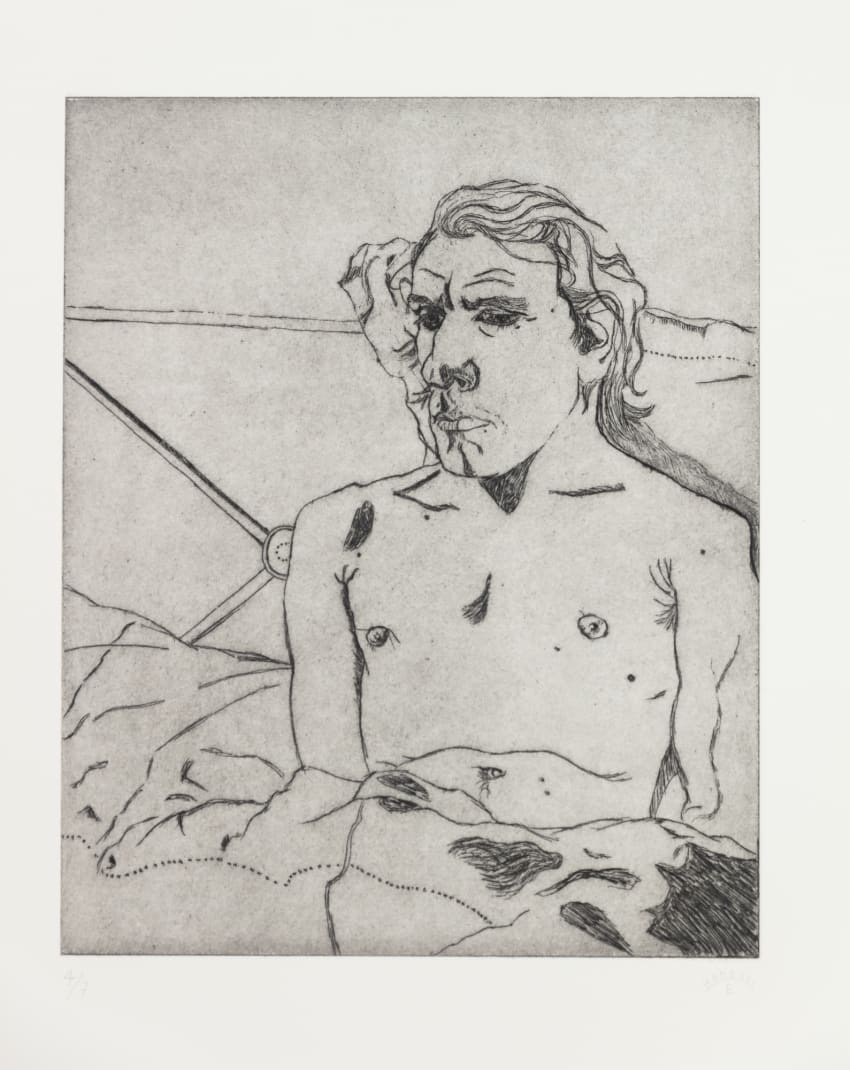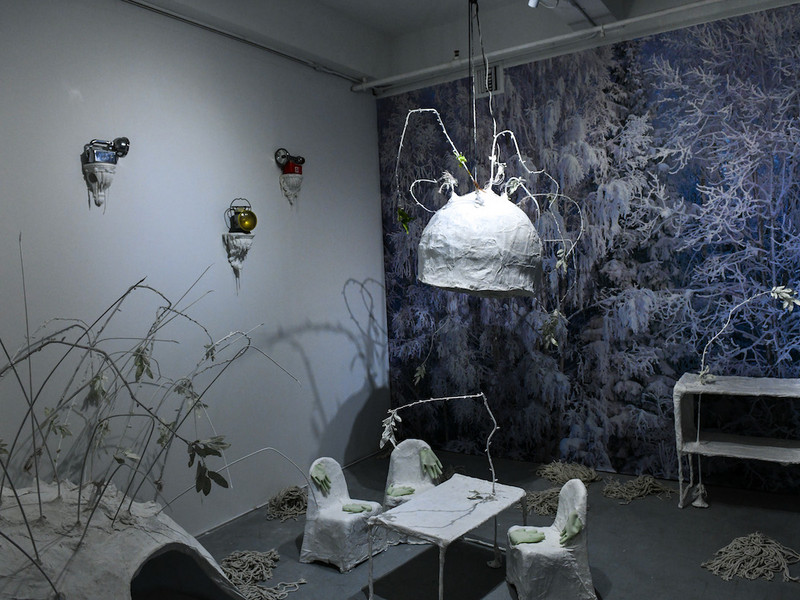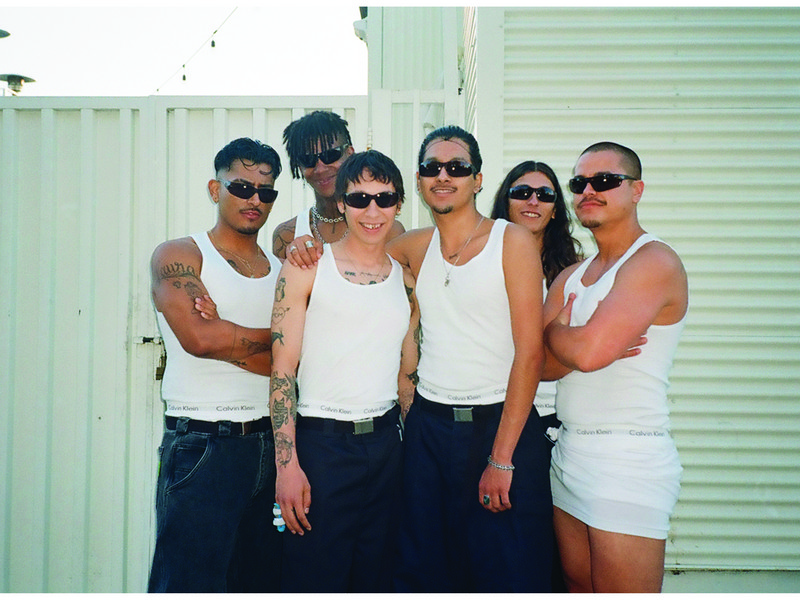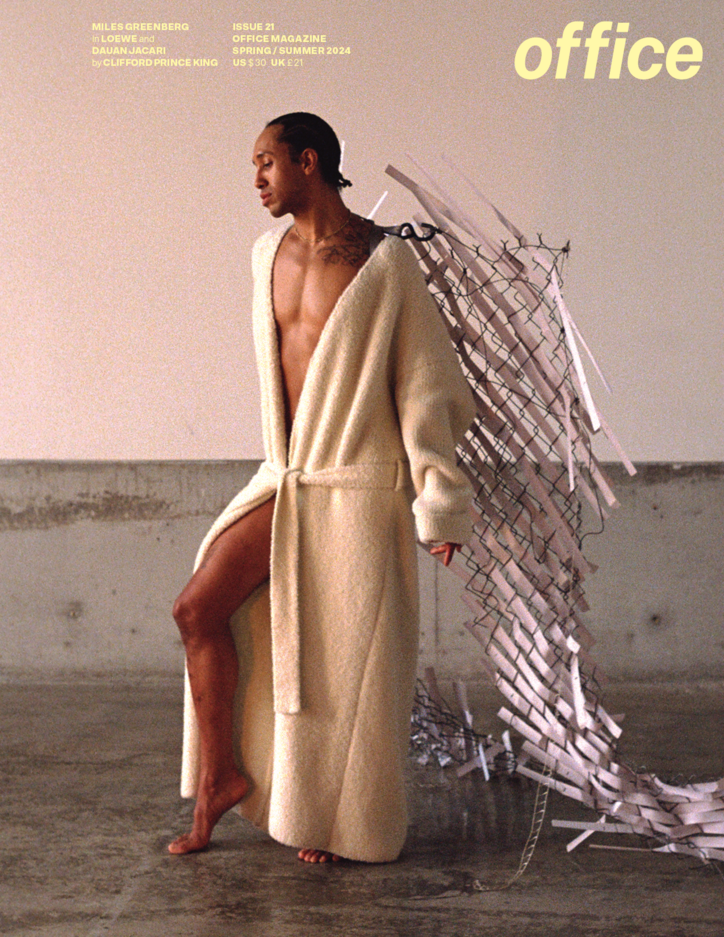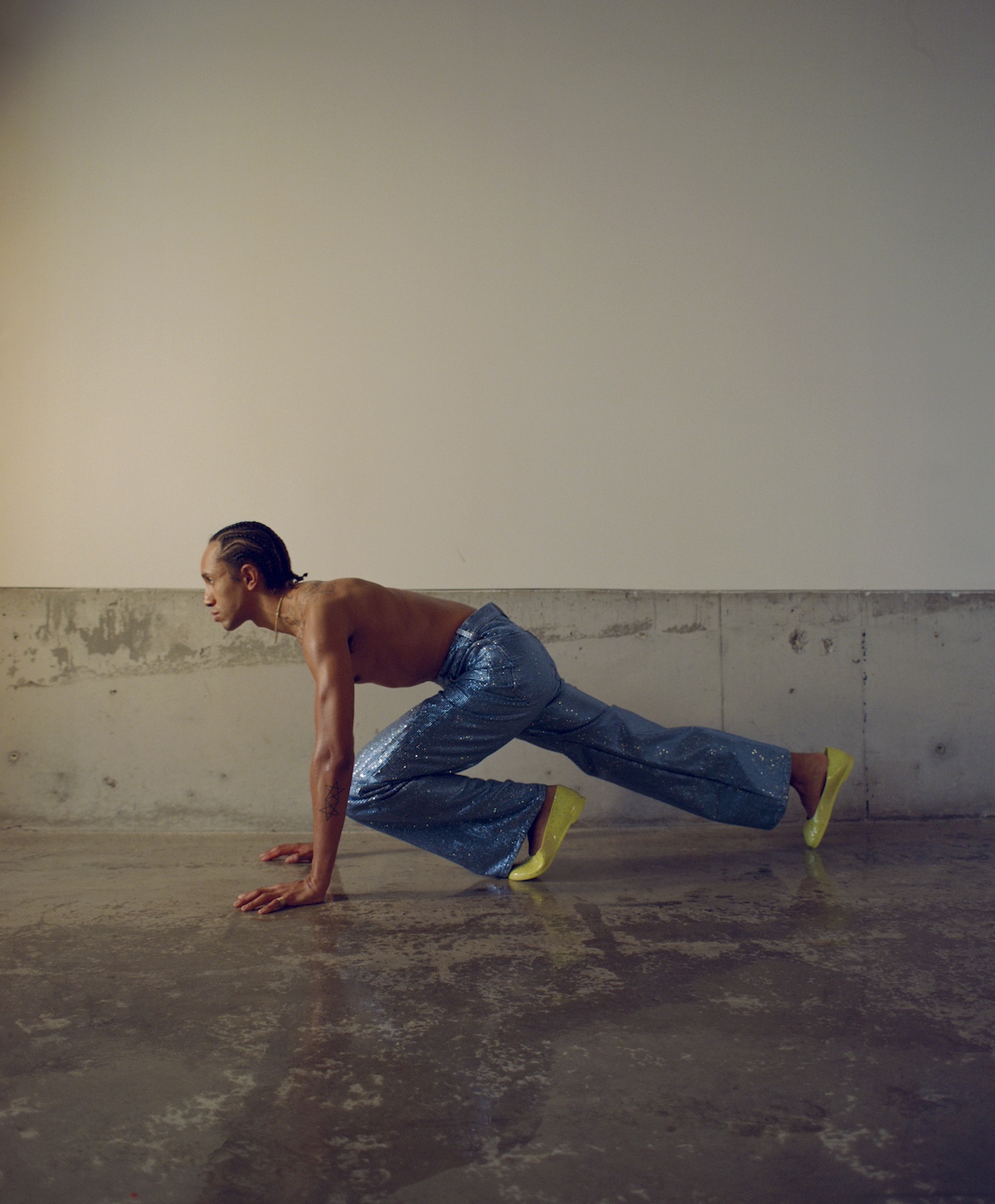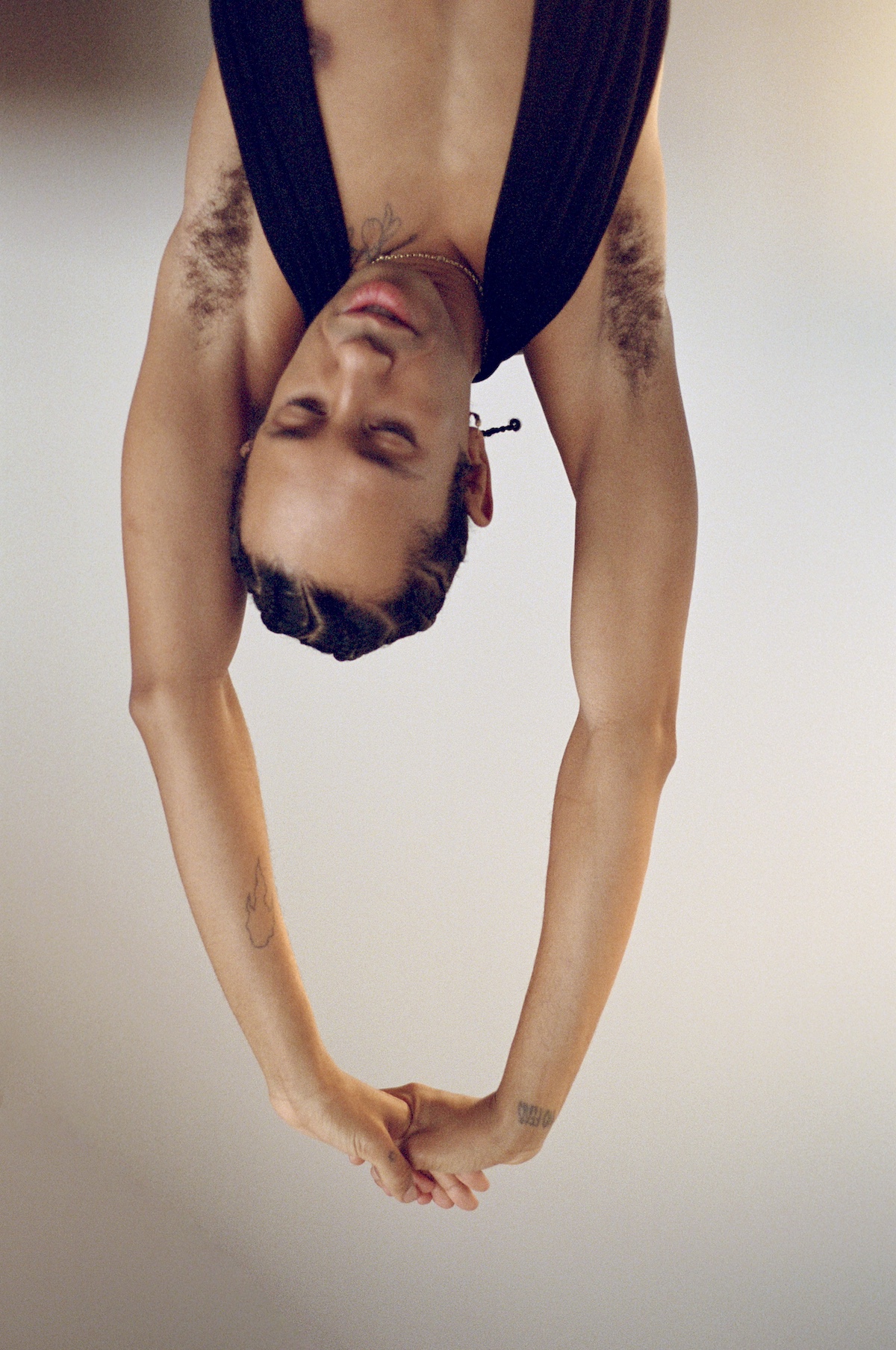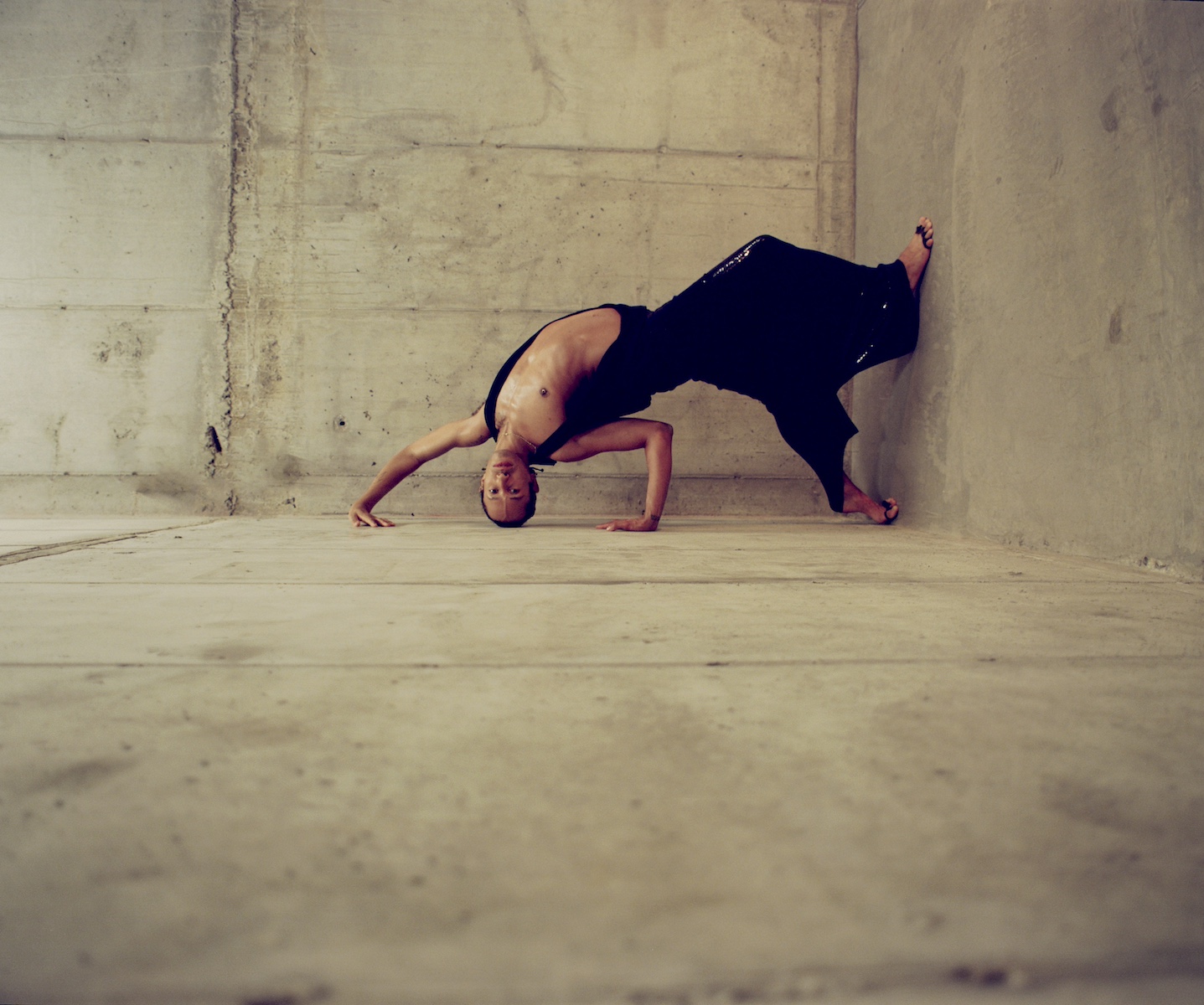I am glad you mentioned the role of digital technology. As I understand it, there are quite a few artists in the show who are responding to how technology complicates this more expensive reading of muse-artist relationship. Could you talk more about those artists a bit more?
We live in a world where we are inundated with the idea of a portrait, right? We can take hundreds of portraits a day on our phones, but it is not the same as a true relationship to or study of a human. In most cases, the traditional portraiture is just as much a painting of the artist as that of the sitter. In spite of sounding arrogant, I wanted to put together an exhibition that encourages looking at images and depictions of other people again. Asher Liftin made two portraits for the show. One of them was based on an iPhone picture of his friend Miles, taken when they were visiting the last Venice Biennale. Asher broke the photo up into pixelated four colorway practice, which becomes a fascinating interplay between digital pixels and printed inks.
David Smalling’s painting is not of anyone, it is a surrealist contortion of a figure in marble. He has gone completely meta with it, using Photoshop to make almost a fetishization of the idea of a traditional, erotic muse such as Venus de Milo.
At the same time, I am balancing that with people who completely reject the technological side of things. Phoebe Helander only works with live models. Esme Hodsoll just told us she needs another three months of sitting!
Lorenzo Amos is in the middle. He would say his biggest inspiration are Mapplethorpe, Freud, Menzel, and Goya. Lorenzo sits with his models for hours, gets them to close and sit and frame up. But he takes photos of them with his iPhone, and that is his reference images to turn into these very painterly paintings.
I’m also thinking about artists using projectors to project images on a canvas. When you put them next to Lucien Freud, which is probably the other end of the spectrum, a very slow considered study, tensions rise.

